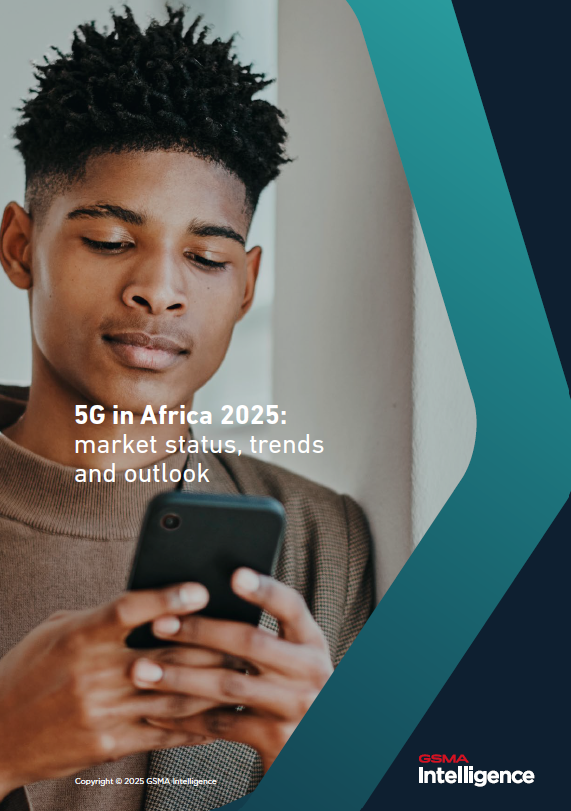5G in Africa 2025: market status, trends and outlook

Please complete the form below or register for a free public account to access this report.
Report details
5G in Africa 2025: market status, trends and outlook
5G momentum continues to build in Africa. As of September 2025, 53 operators in 29 markets across the region had launched commercial 5G mobile services. More markets are expected to follow soon, with operators in an additional 14 countries making a commitment to launch 5G in the coming years. 5G fixed wireless access (FWA) has emerged as one of the biggest opportunities to generate new revenues from 5G investment in the near-term. To date, 25 African operators have launched 5G FWA commercial services, with the majority of these offering FWA in addition to 5G mobile services. To capitalise on the promise of 5G, operators require enabling policy environments. This report highlights key policy imperatives to drive the development of 5G in Africa.
Download the Report
Complete the form below to get instant access to this report. For easier access in the future, you can register for a free account here.
Report details
5G in Africa 2025: market status, trends and outlook
Related research
The Mobile Economy Africa 2025
Mobile connectivity is a cornerstone for building modern, inclusive and sustainable digital economies in Africa. It also enables transformative technologies such as AI to be integrated into the daily activities of individuals and businesses. Additionally, the mobile ecosystem has become a critical driver of economic growth, helping countries navigate structural challenges such as infrastructure gaps, energy constraints, affordability pressures and shifting demographics.
5G in Africa 2023: market status, trends and outlook
This report highlights key trends and developments in Africa's 5G landscape, including commercialisation, spectrum assignments, emerging use cases and early insights for pioneer markets in the region.
Region in Focus: Sub-Saharan Africa, Q2 2025
The Region in Focus series provides an essential quarterly briefing on industry developments, market insights and country KPIs for mobile markets around the world. This edition focuses on analysis of the latest developments for Q2 2025, while providing country KPIs for the year to March 2025.
Authors
How to access this report
Annual subscription: Subscribe to our research modules for comprehensive access to more than 200 reports per year.
Enquire about subscriptionContact our research team
Get in touch with us to find out more about our research topics and analysis.
Contact our research teamMedia
To cite our research, please see our citation policy in our Terms of Use, or contact our Media team for more information.
Learn moreRelated research
The Mobile Economy Africa 2025
Mobile connectivity is a cornerstone for building modern, inclusive and sustainable digital economies in Africa. It also enables transformative technologies such as AI to be integrated into the daily activities of individuals and businesses. Additionally, the mobile ecosystem has become a critical driver of economic growth, helping countries navigate structural challenges such as infrastructure gaps, energy constraints, affordability pressures and shifting demographics.
5G in Africa 2023: market status, trends and outlook
This report highlights key trends and developments in Africa's 5G landscape, including commercialisation, spectrum assignments, emerging use cases and early insights for pioneer markets in the region.
Region in Focus: Sub-Saharan Africa, Q2 2025
The Region in Focus series provides an essential quarterly briefing on industry developments, market insights and country KPIs for mobile markets around the world. This edition focuses on analysis of the latest developments for Q2 2025, while providing country KPIs for the year to March 2025.
- 200 reports a year
- 50 million data points
- Over 350 metrics
